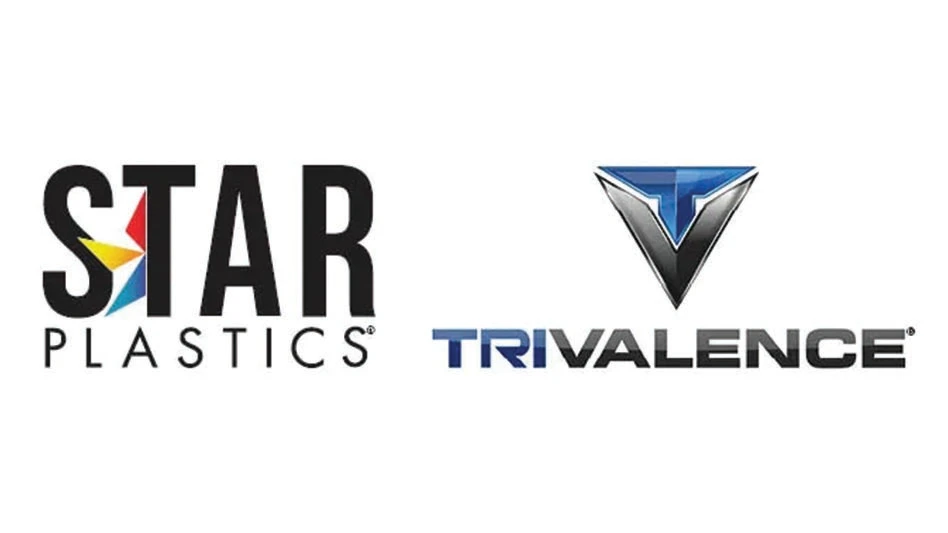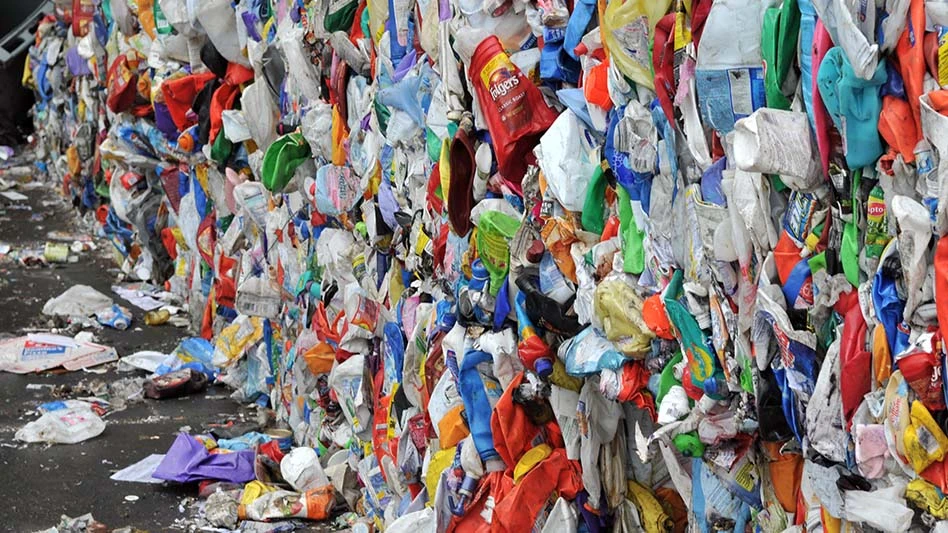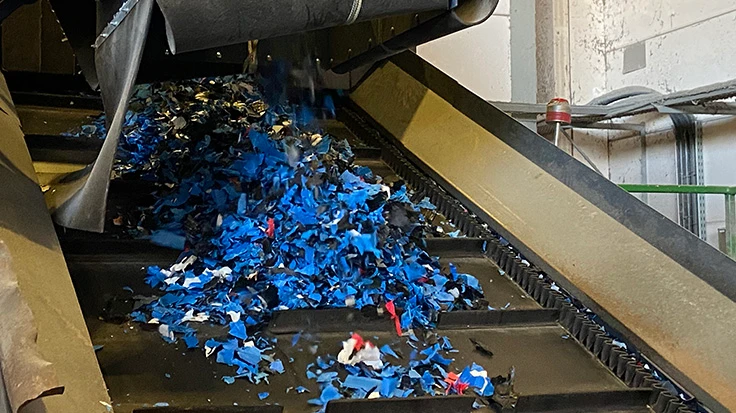
Photo by Recycling Today staff
A study conducted by S&P Global and funded in part by copper producers warns of a potential growing mismatch between available copper supply and future demand resulting from energy sector transition away from fossil fuels.
The study, titled “The Future of Copper: Will the Looming Supply Gap Short-circuit the Energy Transition?” was researched and prepared by New York City-based S&P Global and, according to the firm, was supported by several multinational mining and metals firms, including Anglo American plc; Antofagasta plc; BHP Ltd.; Compania de Minas Buenaventura S.A.A.; Freeport-McMoRan Inc; Glencore plc; Ivanhoe Mines Ltd; Rio Tinto Corp.; Sumitomo Metal Mining Co. Ltd; Taseko Mines Ltd.; Teck Resources Ltd.; Lundin Mining Co.; Trafigura Group Pte. Ltd.; and Vale Limited Mining Co.
S&P predicts global copper demand could nearly double during the next decade, from 25 million metric tons annually now to about 50 million metric tons in 2035. The added copper would be needed “to deploy the technologies critical to achieving net-zero [carbon emissions] by 2050 goals.”
The study is not the first to tie added copper demand to the transition to electric vehicles (EVs) and alternative energy technology. Earlier this year, an analyst with CME warned of mined copper supply that was lagging future demand projections. Last year a study by consultancy Wood Mackenzie looked at the impact of copper demand based on EV growth in China alone, and in 2017, research firm IDTechEx and the International Copper Association (ICA) tied the predicted growth in global EV sales to a spike in copper demand
Copper scrap is far more often recycled instead of being discarded, but investments are being made to boost copper recycling, nonetheless. In North America, two German-based companies, Aurubis and Wieland, are among those investing in new copper scrap conversion capacity.
The record-high level of demand would be sustained and continue to grow to 53 million metric tons in 2050. S&P calls that figure "more than all the copper consumed in the world between 1900 and 2021.”
The demand surge would be driven, in large part, by the rapid, large-scale deployment of technologies such as EVs, charging infrastructure, solar energy, wind and batteries. “More copper intensive than their conventional counterparts, demand from these areas would nearly triple by 2035,” S&P says. “At the same time, copper demand from traditional sources not directly related to the energy transition would continue to grow.”
“Copper is the metal of electrification and absolutely essential to the energy transition,” says Daniel Yergin, vice chair of S&P Global. “Given the global consensus for net-zero emissions by 2050, it is critical to understand the physical materials required for achieving that ambition. The world has never produced so much copper in such a short timeframe as would be required. On current trends, the doubling of global copper demand by 2035 would result in significant shortfalls.”
S&P says growth in new copper supply capacity—from new mines or expansions of existing projects—would unlikely be able to keep pace with the surge in demand. That leaves increases in capacity utilization (output as a percentage of an existing mine's total capacity) and recycling as the main sources of additional supply, according to the study.
Under current trends—whereby both capacity utilization and recycling rates remain at their current 10-year global average—one of the study’s scenarios projects annual supply shortfalls that could reach nearly 10 million metric tons in 2035. That is equivalent to 20 percent of the demand projected to be required for a 2050 net-zero world.
“This comprehensive analysis demonstrates that, even at the outer edge of what could happen in copper mining and refining operations, there would not be enough supply to meet the demands of a net-zero-emissions-by-2050 world,” says Mohsen Bonakdarpour of S&P Global Market Intelligence. “Even strong price signals and incentivizing policy initiatives, aggressive capacity utilization rates and all-time high recycling rates would not be enough to close the gap.”
The study also posits that the burgeoning supply gap would exacerbate a reliance on copper imports in the United States. Imports made up nearly 44 percent of U.S. copper usage in 2021—up from just 10 percent in 1995. Under the study’s scenarios, that share would rise to between 57 and 67 percent by 2035.
The full study can be found here.
Get curated news on YOUR industry.
Enter your email to receive our newsletters.
Latest from Recycling Today
- Commentary: Expanded polystyrene: 98 percent air, 2 percent plastic, 100 percent misunderstood
- AMCS appoints general manager for North America
- How tariffs, regulations affect LIBs recycling in US, EU
- Schwan Cosmetics introduces packaging free of styrene, ABS
- Aimplas coordinates EU project focused on solar panel circularity
- Fresh Perspective: Brandon Sacca
- New Hampshire the Beautiful Inc. awards recycling equipment grants
- Cards acquires National Waste of Tulsa, Oklahoma





